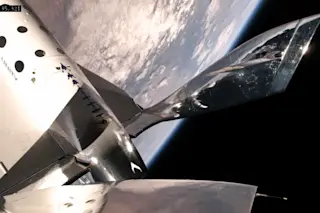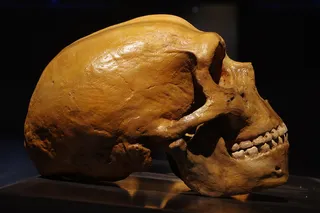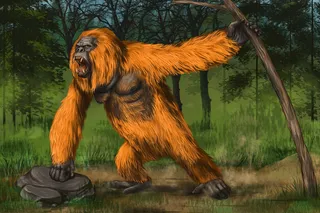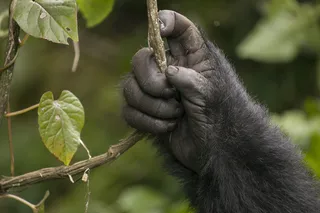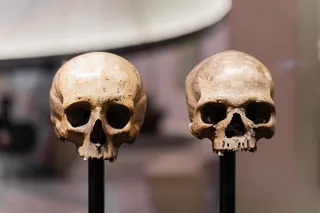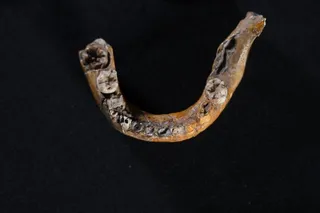Two ancient human fossils belonging to Australopithecus sediba and Homo naledi made a recent trip to suborbital space in a gesture that has roiled the scientific community.
On Sept. 8, 2023, an A. sediba shoulder bone and a H. naledi finger bone soared into the heavens aboard a Virgin Galactic private spacecraft, alongside three commercial passengers, the third such crew in Virgin’s history. The fossils spent about 5 minutes in space while stowed inside a cigar-shaped, carbon fiber container in the possession of one of the paying passengers – Tim Nash, a South African businessman and one of Virgin Galactic’s early investors.
He's also a friend of Lee Berger, the famed paleoanthropologist who led the discovery of the bones near Johannesburg in South Africa.
While Berger’s son Matthew handed the fossils to Nash shortly before takeoff, it was Lee who secured a special export for them that allowed them to ...


